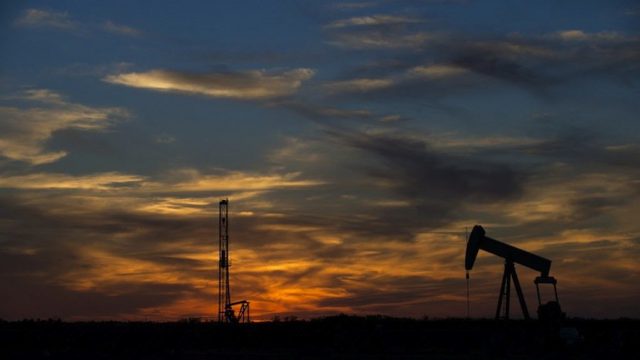We Need More Information About North Dakota Spills Than The Number Of Gallons Leaked

Today the Bismarck Tribune editorial board writes that we need more information about the causes North Dakota spills and pipeline leaks..
The editorial refers to comments earlier this month from John Harju at the University of North Dakota’s Energy and Environmental Research Center. Harju and his organization are studying pipeline links and the state, and they say it’s often hard to discern the cause of the leaks because that information doesn’t make it into publicly-available reports.
“If we don’t learn from our mistakes, how do we learn?” he asks. A fair question.
Here’s another one: How do we understand the real environmental impact of spills if we don’t quantify their actual environmental impact?
Back in 2013, in response to the Tesoro pipeline spill near Tioga, the State of North Dakota created an online “Environmental Incident” database which reports each and every spill which occurs in the state. It was a laudable move toward transparency which went far beyond what even the federal government requires for its spill reporting. So far, in fact, that even spills of fresh water are getting reported (and even made into headlines by the media, if you can believe it).
But there’s a problem with this reporting: Not every spill is equal. Not every spill has an environmental impact. So not only is the volume of spills in North Dakota elevated compared to other states because our state has stricter reporting standards, but we’re also assuming that every gallon reported is damaging the environment.
That’s simply not true.
“North Dakota reported more than 825,000 gallons of oil and more than 2.9 million gallons of saltwater spilled in 2014 because of pipeline leaks,” the Tribune writes in their editorial. That passage is exemplary of two things that are done universally when spills are reported.
- The spill volumes are converted from barrels, which is how they’re reported, into gallons which produces a far bigger number
- They aren’t put in the context of whether or not the spill was contained
Saying that 825,000 gallons of oil (that’s 19,642 barrels) was spilled tells us nothing if we don’t also talk about how many of those spills were contained.
You see, the oil industry prepares for spills, and most spills occur at well sites. If you’ve ever seen one (there’s a picture to the right), they’re built to contain spills. When a spill occurs at the well, and is contained by berms and other protective measures put in place at that well site, then the environmental impact is zero.
If the oil industry is going to tasked with responsibility for spills – and they should be, it’s their oil – then they should also get credit when the precautions they take to protect the environment from spills works.
We need to understand more about why spills happen in North Dakota, but we also need to understand more about what is currently working to stop spills from having an environmental impact.





